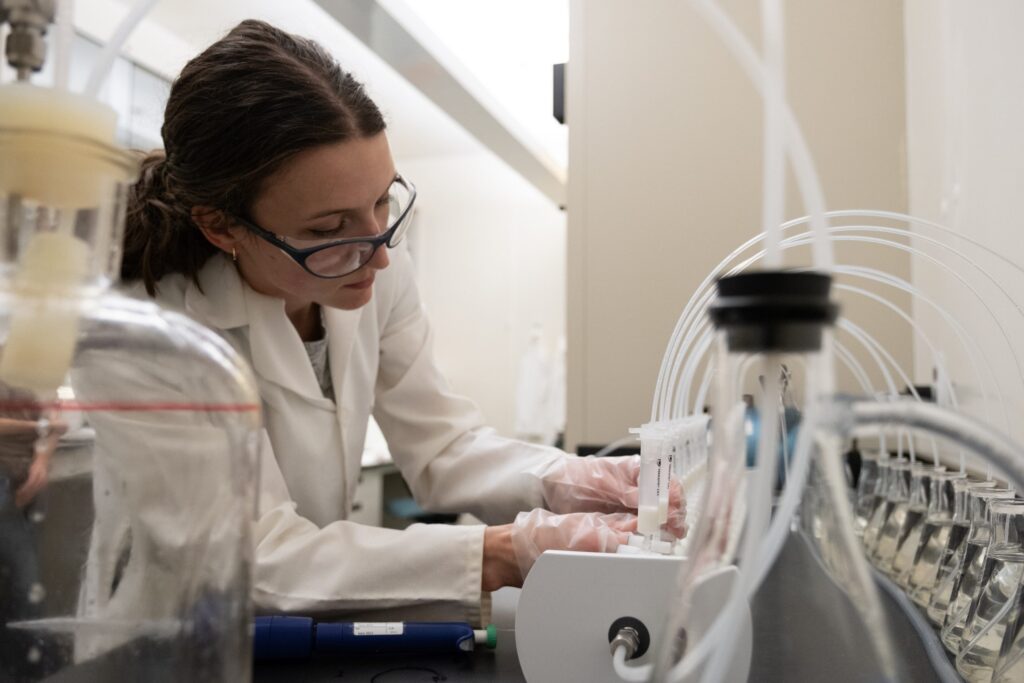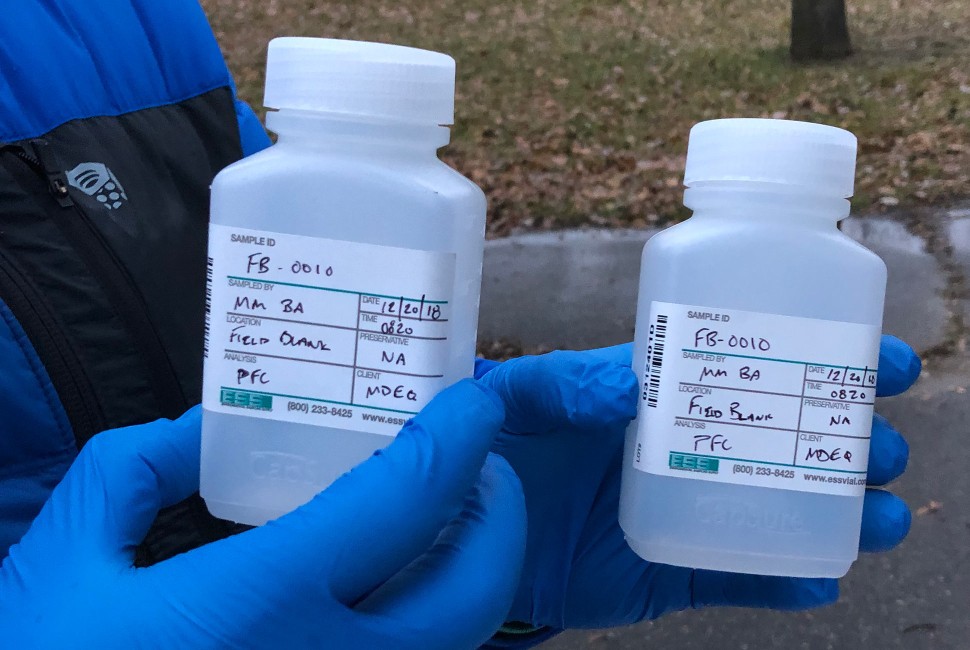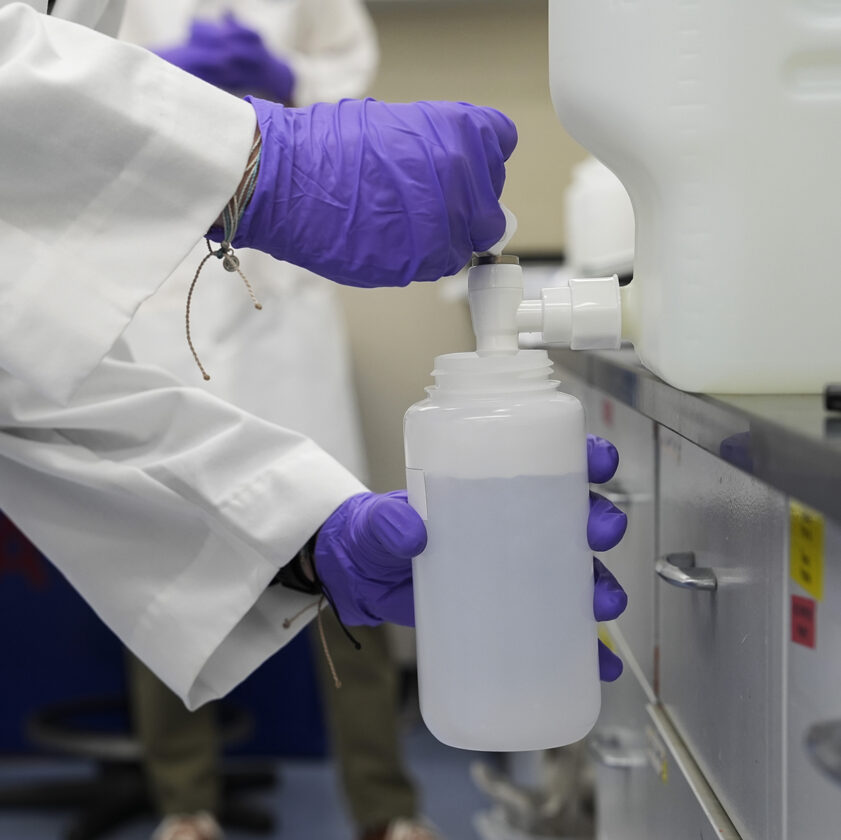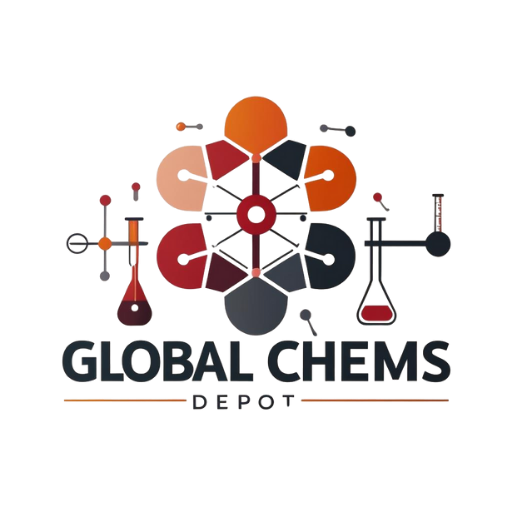Don't miss our holiday offer - up to 50% OFF!
PFAS regulations 2025 (“Forever Chemicals”): Global Updates & Compliance Guide
Introduction

PFAS regulations 2025, Per- and polyfluoroalkyl substances (PFAS), commonly known as “forever chemicals,” have become a focal point of environmental and public-health policy worldwide. Their persistence in soil and water, coupled with mounting evidence of adverse health impacts, is driving sweeping regulatory action in 2025.
This guide summarizes the latest global developments and outlines steps laboratories, manufacturers, and supply-chain managers can take to stay compliant.
1. Understanding PFAS and Their Impact
PFAS are a class of synthetic fluorinated compounds prized for their resistance to heat, water, and oil. They appear in applications ranging from non-stick cookware and firefighting foams to industrial coatings.
Because they degrade extremely slowly, PFAS accumulate in the environment and in living organisms, earning the nickname forever chemicals. Recent research links long-term exposure to health concerns such as immune suppression and certain cancers. global PFAS legislation updates
2. United States: EPA’s 2025 Standards
The U.S. Environmental Protection Agency (EPA) is finalizing National Primary Drinking Water Regulations that set maximum contaminant levels (MCLs) for key PFAS compounds—most notably PFOA and PFOS—at 4 parts per trillion (ppt).
Key compliance points:
- Mandatory testing of public water systems beginning 2025.
- Reporting and public notification requirements for any exceedance.
- Potential civil penalties for non-compliance.
Industrial facilities using PFAS must also prepare for tighter Toxic Release Inventory (TRI) reporting thresholds.

3. European Union: REACH Restriction Proposal
The European Chemicals Agency (ECHA) is advancing a broad PFAS restriction under REACH, expected to take effect in stages starting 2025. PFAS testing requirements
Highlights include:
- A near-total ban on manufacturing, importing, or selling PFAS compounds unless specifically exempted.
- Transitional periods for critical uses such as medical devices and certain semiconductor processes.
- Mandatory substitution plans and periodic review of exemptions.
4. Other Key Jurisdictions
- Canada – Strengthening the Prohibition of Certain Toxic Substances Regulations to add new PFAS groups.
- Australia – National PFAS Position Statement encourages states to adopt strict soil and water guidelines.
- Asia-Pacific – Japan and South Korea are considering drinking-water limits aligned with U.S. standards.
5. Compliance Strategies for Laboratories & Manufacturers
To meet these evolving requirements, PFAS chemical restrictions organizations should:
- Audit Supply Chains – Identify all PFAS uses, from raw materials to finished products.
- Implement Testing Protocols – Use validated analytical methods such as LC-MS/MS to monitor PFAS levels in water, soil, and product matrices.
- Develop Substitution Plans – Explore alternative chemistries with lower environmental impact.
- Maintain Transparent Records – Document testing data and supplier declarations for regulatory inspections.
- Stay Informed – Monitor agency websites (EPA, ECHA) and subscribe to industry bulletins for timely updates.

6. Looking Ahead
The regulatory momentum around PFAS is accelerating. New compounds may be added to restriction lists, and permissible limits are expected to tighten as analytical methods improve PFAS compliance guide.
Organizations that proactively reduce PFAS use and invest in sustainable alternatives will be better positioned to meet future requirements and avoid costly enforcement actions.
Key Takeaways
- 2025 marks a turning point with stringent PFAS limits in the U.S., EU, and beyond.
- Early compliance—through supply-chain audits, robust testing, and substitution planning—is the most cost-effective strategy.
- Transparent reporting and ongoing monitoring are essential to meet evolving standards and PFAS compliance guide.
Call to Action:
For laboratories, manufacturers, and environmental professionals, staying current with PFAS regulations is not optional—it’s a competitive advantage. Bookmark this guide and check back for quarterly updates as global legislation evolves.

[…] Environmental and biological sample analysis […]